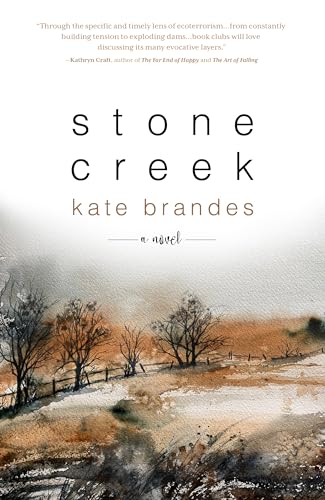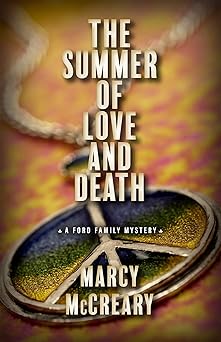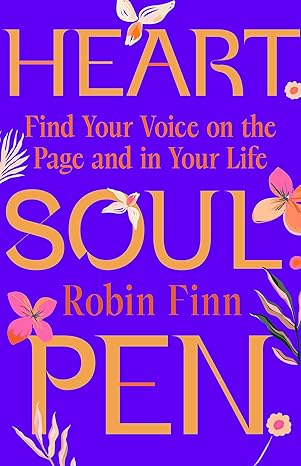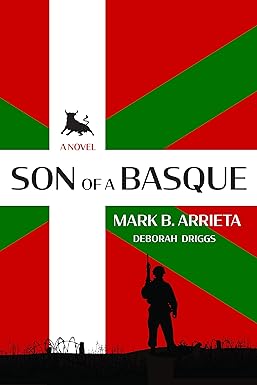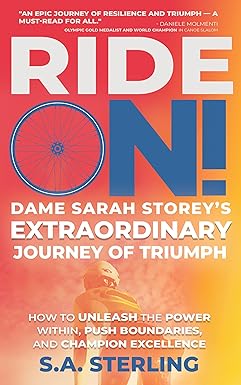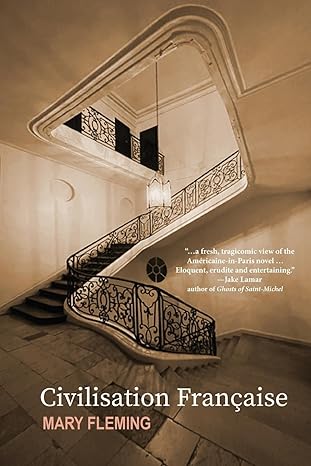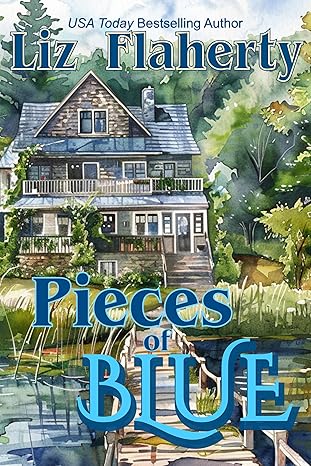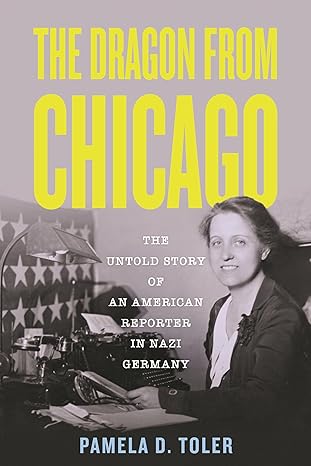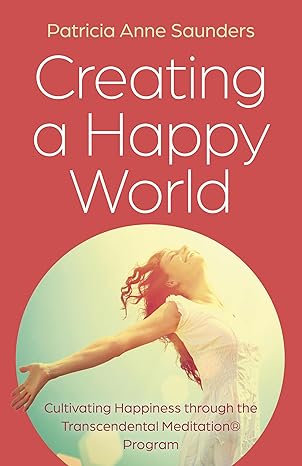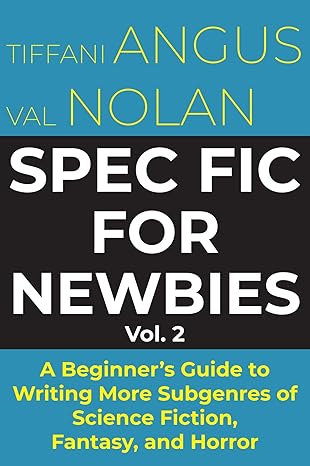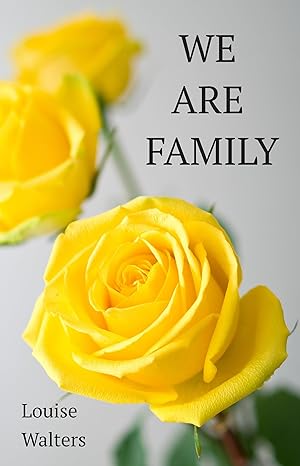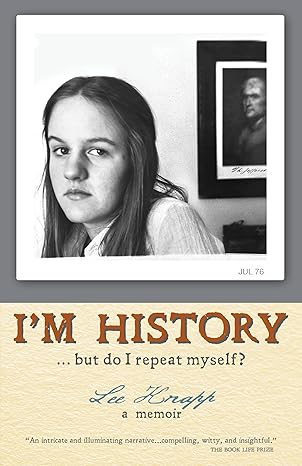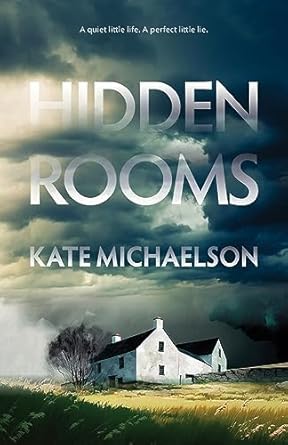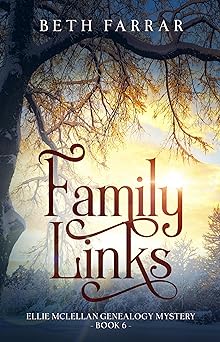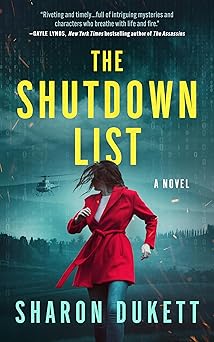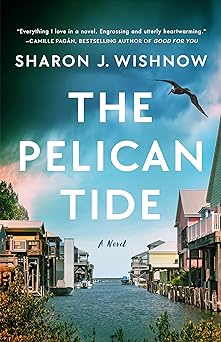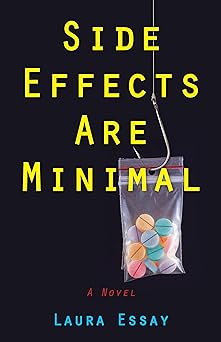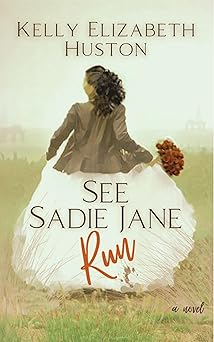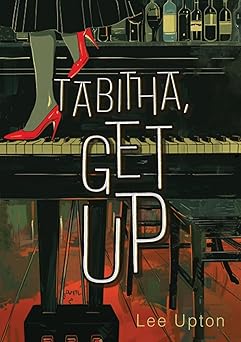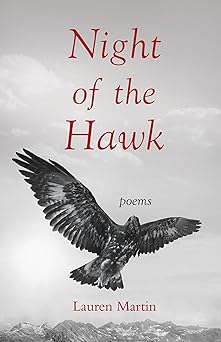On Writing California Dreaming by Noa Silver
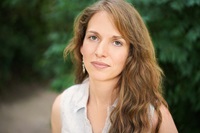 California Dreaming is, in many ways, a love letter both to the Bay Area and to the twenties, “that unmoored, tripped-out decade between childhood and adulthood.”
California Dreaming is, in many ways, a love letter both to the Bay Area and to the twenties, “that unmoored, tripped-out decade between childhood and adulthood.”
The book started in the spring of 2018 with just one scene. I was working on a project in downtown San Francisco, and I would take the train into the city from my home in Berkeley. There’s so much drama that can happen on a train or at the train station. It’s a place of liminality, of coming and going, and one day I sat in the office looking out the window, and instead of working on what I was supposed to be doing that day, I wrote this powerful scene set at a train station. I didn’t know anything about the characters yet, or the plot, but I suddenly knew that I wanted to explore how place and self interact.
The book grew in fits and starts. That summer I spent a week writing about the redwoods and searching for housing, about hot springs and hiking and first roommates.
But then I stopped. I was an editor at an oral history archive doing work that I felt passionate about and that took up much of my time; I was newly pregnant; I put the pages away.
I picked them back up almost a year later when I was spending all my days with my 6-month-old daughter. I had always worried that having children might upend my writing capacity, my creativity, my ability to carve out time, or simply to focus. In my case, though, after the initial months of haziness, I found that the rhythm of my nervous system had slowed so thoroughly in concert with the daily care-taking and pace of being with a baby, that my capacity for presence and attention had increased significantly. There was so little frenzy in my days, and so much attending to, noticing, and being fully here. These qualities, I discovered, were much the same qualities I needed for writing.
For me, taking care of a baby, and then a toddler, and then another baby, has become a deeply spiritual practice, overlapping significantly with the practices of mindfulness and meditation. That, too, is how my writing practice has evolved.
While the first pages of California Dreaming came into being in a rush of writing, the rest of the book unfolded slowly, inch by inch, over the course of the next few years. In many ways, the slow pace of my external life and the heightened quality of attention allowed my inner life to take off, and the character of Elena and her coming-of-age journey could come more fully into being in the space that had been created in me.
I wrote while my daughter slept on me in a carrier as I bounced on a yoga ball, balancing my computer on the edge of the table while I wrote a sentence, two, and then one paragraph.
I took an online Fiction course from UCLA Extension the fall after my daughter was born, and I workshopped the pages I had written in a frenzy the summer before. From those workshops I started to understand the shape the novel was taking, and the direction of Elena’s journey. I knew I was interested in place, and in the way the self comes fully into being, and I also began to realize that I wanted to explore the stories we bring with us—both our own personal mythologies, and the mythologies that surround us.
While there were many aspects of care-taking that I loved, I also found myself in the position of reckoning with a new smallness to my world. I was now living inside a domesticity in which I was so thoroughly ensconced that I began to experience a new kind of friction, one in which I read news articles about major world events but my day actually consisted of wiping up avocado spills or clipping tiny fingernails. And I started to wonder about how this plays out to varying degrees for all of us. In California Dreaming I wanted to explore how we live in context, how the worlds around us and within us shape us and our growth, and also how we are both aware and unaware of these things.
My daughter was born less than a year before the pandemic, and when lockdown started I had the experience of my husband’s pace of life starting to slow in the same way mine had when I began care-taking full-time. All through those months of lockdown, we traded off nap walks, and reading Goodnight Moon, and sitting to examine the leaves and pebbles and sticks our daughter found infinitely fascinating.
I spent only one or two hours a day writing, during naps or when my husband was with the baby. Eventually I settled into a rhythm of writing just 250 words a day. There’s a writing practice from Anne Lamott that I love, called the “one-inch picture frame.” In her book Bird by Bird, she talks about the practice of sitting down to write only what you can see in a one-inch frame. Nothing more. This was the practice that guided me through most of California Dreaming. All through the pandemic I wrote 250 words a day, just what I could see through that one-inch frame, and by the time my daughter was two years old and I was pregnant with my second, I had completed a full first draft of the novel.
—
CALIFORNIA DREAMING
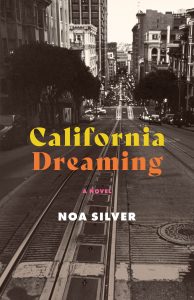 Having grown up on stories of her mother’s wild youth in California, Elena Berg relocates from New England to the Bay Area in 2011 for a placement as an English teacher with Teach for America. Once there, she is eager to inspire a love of poetry and literature in her diverse but underprivileged students. Her own grandfather—a Holocaust survivor—was a storyteller and teacher who touched the lives of his students for years to come. Elena’s mother followed in his footsteps, leaving behind the hippie lifestyle of her twenties to become a university professor.
Having grown up on stories of her mother’s wild youth in California, Elena Berg relocates from New England to the Bay Area in 2011 for a placement as an English teacher with Teach for America. Once there, she is eager to inspire a love of poetry and literature in her diverse but underprivileged students. Her own grandfather—a Holocaust survivor—was a storyteller and teacher who touched the lives of his students for years to come. Elena’s mother followed in his footsteps, leaving behind the hippie lifestyle of her twenties to become a university professor.
But Elena quickly finds herself feeling disconnected from teaching, unable to inspire her students, and before long, she grows disillusioned with her career. She transitions to a role in an education technology startup—though she questions her decision, her motivations, and her values.
Coming of age between the Occupy and #MeToo movements and against the backdrop of the 2016 election and California’s ever-worsening fire season, Elena reckons with California as she imagined it and California as it really is. As she does so, she must also ultimately reconcile the person she envisioned herself to be with the person she actually is.
BUY HERE
Noa Silver was born in Jerusalem and raised between Scotland and Maine. After receiving her BA in English and American literature and language from Harvard University, Noa lived and taught English as a Second Language on Namdrik—part of the Republic of the Marshall Islands and the smallest inhabited atoll in the world. She later completed her MFA in creative writing from San Francisco State University and then worked as an editor on various oral history projects, ranging from an archive documenting the Partition of India and Pakistan to a cancer researcher telling the stories of trauma experienced by cancer survivors. Noa lives in Berkeley, California, with her husband, Jack, and their two daughters, Alma and Leila.
Category: On Writing




